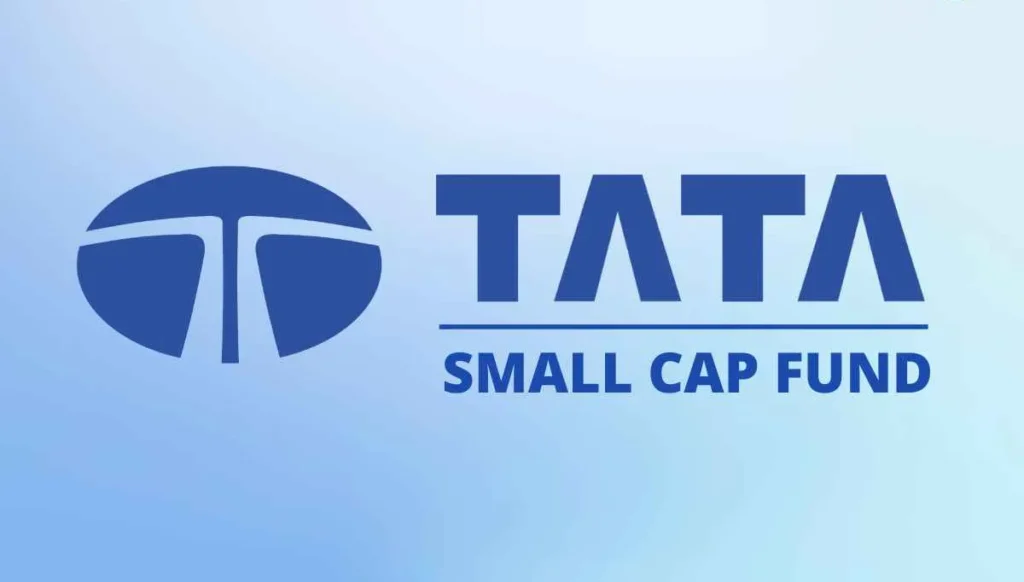Introduction:
Investing in mutual funds is a strategic move towards building wealth, and the Tata Small Cap Fund stands out as a notable option in the vast landscape of investment opportunities. In this article, we will delve into the key aspects of Tata Small Cap Fund, exploring its share price, growth plans, NAV history, returns, and conducting a thorough review. Additionally, we’ll address some frequently asked questions, providing readers with a comprehensive guide to understand the fund’s performance and suitability for their investment goals.
Tata Small Cap Fund Overview:
Tata Small Cap Fund is known for its focus on small-cap stocks, aiming to generate substantial returns over the long term. The fund is available in both regular and direct plans, with growth and dividend options. Investors often seek information about the Tata Small Cap Fund share price, which serves as a crucial indicator of the fund’s performance in the market.
Tata Small Cap Fund Share Price:
The share price of Tata Small Cap Fund reflects the current market value of the fund’s assets per unit. Investors keen on tracking this metric can easily find it on financial news platforms, the Tata Mutual Fund website, or through their investment platforms. It is an essential factor to consider when making investment decisions, offering insights into the fund’s recent performance.
Tata Small Cap Fund Direct Plan Growth:
Investors looking for a more direct approach often opt for the direct plan of Tata SmallCap Fund. The direct plan typically has a lower expense ratio compared to the regular plan, as it excludes distributor commissions. The “growth” option implies that any gains made by the fund are reinvested, fostering potential capital appreciation over time. This growth-oriented strategy aligns well with investors seeking long-term wealth creation.
Tata Small Cap Fund NAV:
The Net Asset Value (NAV) of a mutual fund represents its per-unit market value and is calculated by dividing the total market value of all the fund’s assets by the number of outstanding units. Investors often track the Tata Small Cap Fund NAV to assess the fund’s overall performance. A rising NAV indicates positive fund performance, while a declining NAV may signal the opposite.

Tata Small Cap Fund NAV History:
Examining the NAV history of Tata SmallCap Fund provides valuable insights into its past performance trends. Investors can analyze how the fund has navigated through different market conditions, helping them make informed decisions about its future potential. Consistent growth in NAV over the years is often indicative of a well-managed and resilient fund.
Nippon India Small Cap Fund:
While exploring small-cap funds, investors may also come across the Nippon India SmallCap Fund. Comparisons between Tata SmallCap Fund and Nippon India SmallCap Fund can provide investors with a broader perspective on available investment options. Conducting a thorough analysis of both funds can assist investors in making well-informed decisions aligned with their financial goals.
Tata Small Cap Fund Returns:
Returns are a critical factor influencing investors’ decisions. Potential investors often inquire about the historical performance of Tata SmallCap Fund, particularly focusing on returns over different periods. Analyzing returns over 3,5, and 10-year periods can provide investors with a clearer understanding of the fund’s ability to deliver consistent results over varying market cycles.
Tata Small Cap Fund Review:
A comprehensive review of Tata SmallCap Fund is essential for investors seeking an in-depth understanding of its strengths, weaknesses, and overall performance. Reviews often consider factors such as fund manager expertise, investment strategy, historical performance, and risk management. Additionally, investor reviews and expert opinions contribute to a holistic assessment of the fund’s suitability for various investment objectives.
Frequently Asked Questions (FAQs):
Is Tata Small Cap Fund good?
Tata SmallCap Fund has gained attention for its strategic focus on small-cap stocks, aiming to deliver long-term capital appreciation. Investors should carefully assess their financial goals and risk tolerance to determine if the fund aligns with their investment objectives.
What is the return of Tata Small Cap 3 years?
Examining the 3-year returns of Tata SmallCap Fund provides insight into its recent performance. Investors should compare these returns with benchmarks and consider the fund’s historical performance to make informed investment decisions.
Is HDFC Small Cap Fund good?
While HDFC Small Cap Fund is a well-known fund in its category, the assessment of whether it is “good” depends on individual investment goals and risk tolerance. Investors should conduct thorough research, considering factors such as fund strategy, historical performance, and expense ratios before making decisions.
Is small-cap fund good or bad?
Investing in a small-cap fund can be suitable for investors seeking high-growth potential, albeit with higher volatility. Assessing the risk tolerance and investment objectives is crucial in determining whether a small-cap fund aligns with an investor’s financial goals.
Read Also: WhatsApp Blue: The New Frontier in Messaging
Conclusion:
In conclusion, Tata Small CapFund presents investors with an opportunity to explore the potential of small-cap stocks. By considering factors such as share price, growth plans, NAV history, returns, and reviews, investors can make informed decisions about including this fund in their investment portfolio. Thorough research, understanding of one’s financial objectives, and regular monitoring are essential components of successful mutual fund investments.









